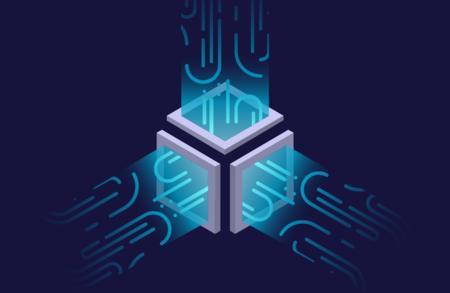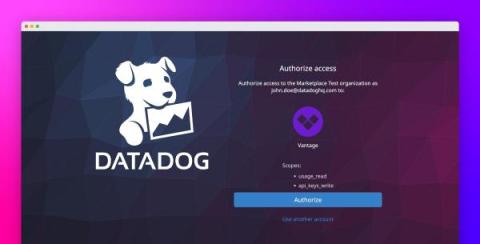The Essential Guide to Secrets Scanning
In today’s digital world, data breaches are becoming more and more common. In fact, recent studies found that a large majority of breaches are caused by stolen secrets & credentials, such as API keys. API keys are used to access data and resources from another application or service. They are typically used to connect two applications so that they can share data. For example, if you use a weather app on your phone, that app likely uses an API key to access the Weather Channel’s data.










